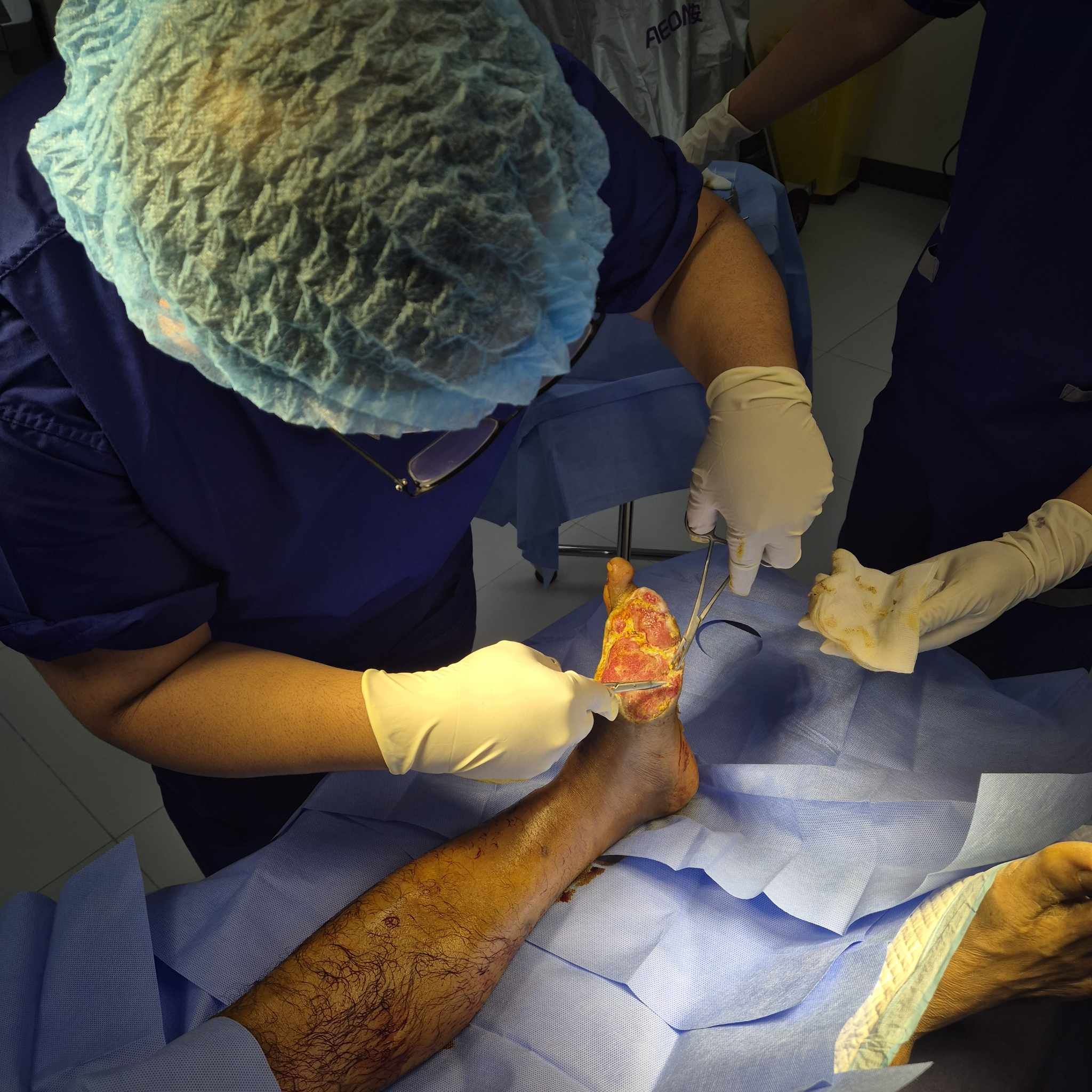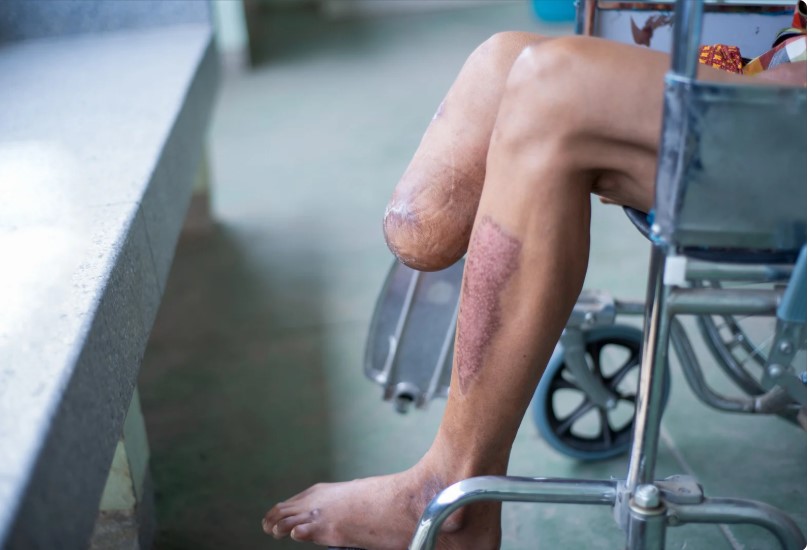Living with knee pain can significantly impact your daily life, limiting mobility and hindering activities you once enjoyed. Fortunately, effective physiotherapy for knee pain offers a pathway to relief and restoration. In this comprehensive guide, we’ll delve into the essential aspects of physiotherapy tailored specifically for knee pain sufferers. Whether you’re recovering from an injury or managing chronic discomfort, understanding the role of physiotherapy is key to regaining mobility and enhancing your quality of life.
Understanding Knee Pain:
Physiotherapy for knee pain targets a wide range of issues, from acute injuries to chronic conditions like osteoarthritis and tendonitis. The knee joint, a complex structure comprising bones, ligaments, tendons, and cartilage, is susceptible to various forms of damage and degeneration. Common symptoms of knee pain include swelling, stiffness, instability, and limited range of motion. Through targeted interventions, physiotherapists aim to address these symptoms while addressing the underlying causes of pain and dysfunction.
Importance of Physiotherapy for Knee Pain:
Physiotherapy plays a pivotal role in the holistic management of knee pain, offering tailored interventions to alleviate discomfort and improve function. Unlike passive treatments that merely mask symptoms, physiotherapy addresses the root causes of knee pain through a combination of exercise, manual therapy, and education. By empowering patients to take an active role in their recovery, physiotherapy fosters long-term improvements in pain management and overall joint health.
Key Components of Effective Physiotherapy:
Strengthening Exercises: One of the cornerstones of physio for knee pain is a targeted strengthening program designed to bolster the muscles supporting the knee joint. By enhancing muscular strength and endurance, these exercises provide added stability and support, reducing strain on the knee and minimizing pain.
Stretching and Flexibility Exercises: In addition to strengthening, flexibility plays a crucial role in maintaining optimal joint function and mobility. Physiotherapists prescribe stretching exercises to improve flexibility in the muscles surrounding the knee, enhancing range of motion and reducing stiffness.
Low-Impact Aerobic Activities: Engaging in low-impact aerobic exercises such as swimming or cycling can promote cardiovascular health without exacerbating knee pain. These activities increase blood flow to the joint, facilitating healing and promoting overall well-being. Manual Therapy Techniques: Physiotherapists utilize a variety of hands-on techniques, including massage, mobilization, and manipulation, to alleviate pain and improve joint mobility. These manual therapies can help break up scar tissue, release tension in tight muscles, and restore proper alignment, fostering pain relief and functional improvement.
Home Exercise Program: A personalized home exercise program is a vital component of physiotherapy for knee pain, enabling patients to continue their rehabilitation outside of clinic visits. Consistency is key, and patients are encouraged to perform prescribed exercises regularly to maintain progress and prevent recurrence of symptoms.
Tips for Choosing the Right Physiotherapist:
Selecting the right physiotherapist is crucial for achieving optimal outcomes in knee pain management. When seeking a physiotherapist for knee pain, look for professionals with specialized training and experience in musculoskeletal rehabilitation. Consider factors such as credentials, expertise, and patient reviews to ensure you receive high-quality care tailored to your needs.
Takeaway
Effective physiotherapy for knee pain offers a multifaceted approach to pain relief and functional improvement. By addressing the root causes of knee pain and empowering patients to take an active role in their recovery, physiotherapy facilitates long-lasting relief and enhanced quality of life. If you’re struggling with knee pain, don’t hesitate to seek the guidance of a qualified physiotherapist who can help you move freely again.










